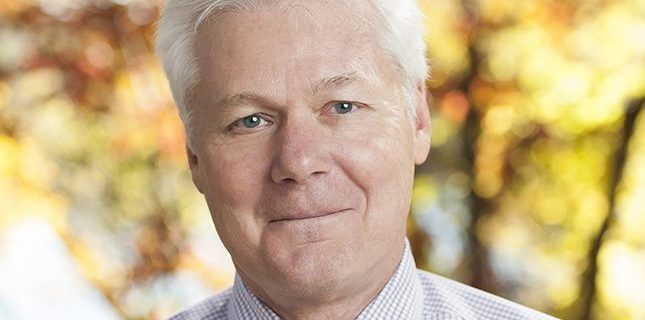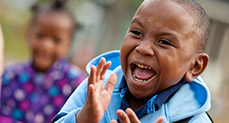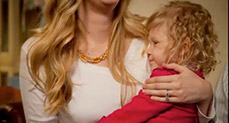Care of the Child with Spina Bifida

Roy C. Maynard, M.D., is the Medical Director for PHS. He serves as PHS’s clinical leader, working with the team to provide consultation and advice to ensure quality and effective pediatric home care to patients and their families in their own homes. He also leads implementation of clinical policies, procedures, and programs to further enhance the best possible care for each child. He is a Neonatologist and Pediatric Pulmonologist, and served as a staff physician at Children’s Hospitals and Clinics in Minneapolis, Minn.
Myelomeningocele (spina bifida) is the most common neural tube defect identified in newborns. The implementation of folic acid into routine prenatal care has decreased the incidence of spina bifida. Despite this, 1,500 children are born each year in the US with spina bifida. Fetal surgery with early repair of myelomeningocele may decrease the need for ventriculoperitoneal (VP) shunt and improve chances for ambulation but other chronic conditions associated with spina bifida may not be ameliorated. The 30-year survival rate for spina bifida patients is approximately 90%.
Comprehensive Care Decreases Family Stress and Improves Patient Success
This multisystem disease warrants multidisciplinary support for the care of spina bifida patients and is often reflected in their home care requirements. Hydrocephalous occurs in 85% of infants with myelomeningocele and usually associated with Chiari II malformation. The latter may contribute to sleep-disordered breathing, central apnea, or obstructive apnea from bilateral abductor vocal cord paralysis. Supportive measures may warrant tracheostomy with or without home mechanical ventilation.
Neurogenic bladder often requires routine clean intermittent catheterization. A bowel-management program is vital to control fecal incontinence and some patients are managed with antegrade continence enemas (ACE). Swallowing dysfunction if present may necessitate placement of gastrostomy tube for nutritional support.
Dietitians may be utilized for nutritional recommendations and to minimize the risk for obesity in this population.
Possible orthopedic issues include but are not limited to hip dislocation, clubfeet, and scoliosis. Loss of skin sensation caudal to the level of the spina defect places these patients at risk for skin breakdown and decubitus ulcers.
Optimal home care may include nursing for the more complex patients both in home and school. Home care nurses not only decrease family anxiety and stress, improve patient care, but are sentinels for early symptoms of potentially life-threatening illnesses such as shunt malfunction or urinary tract infections. Comprehensive services provided by PHS assists spina bifida patients and their families to thrive at home and in their communities.
PHS Patients in Action
Meet PHS patient Garrett, who doesn’t let spina bifida slow him down. He is living life to the fullest while being supported by PHS at home with respiratory therapy, durable medical equipment & supplies, and nutrition services.
Source: Burke R, et al. Providing a Primary Care Medical Home for Children and Youth with Spina Bifida. Pediatrics 2011;128:e1645-e1657
Originally published: October 6, 2017

